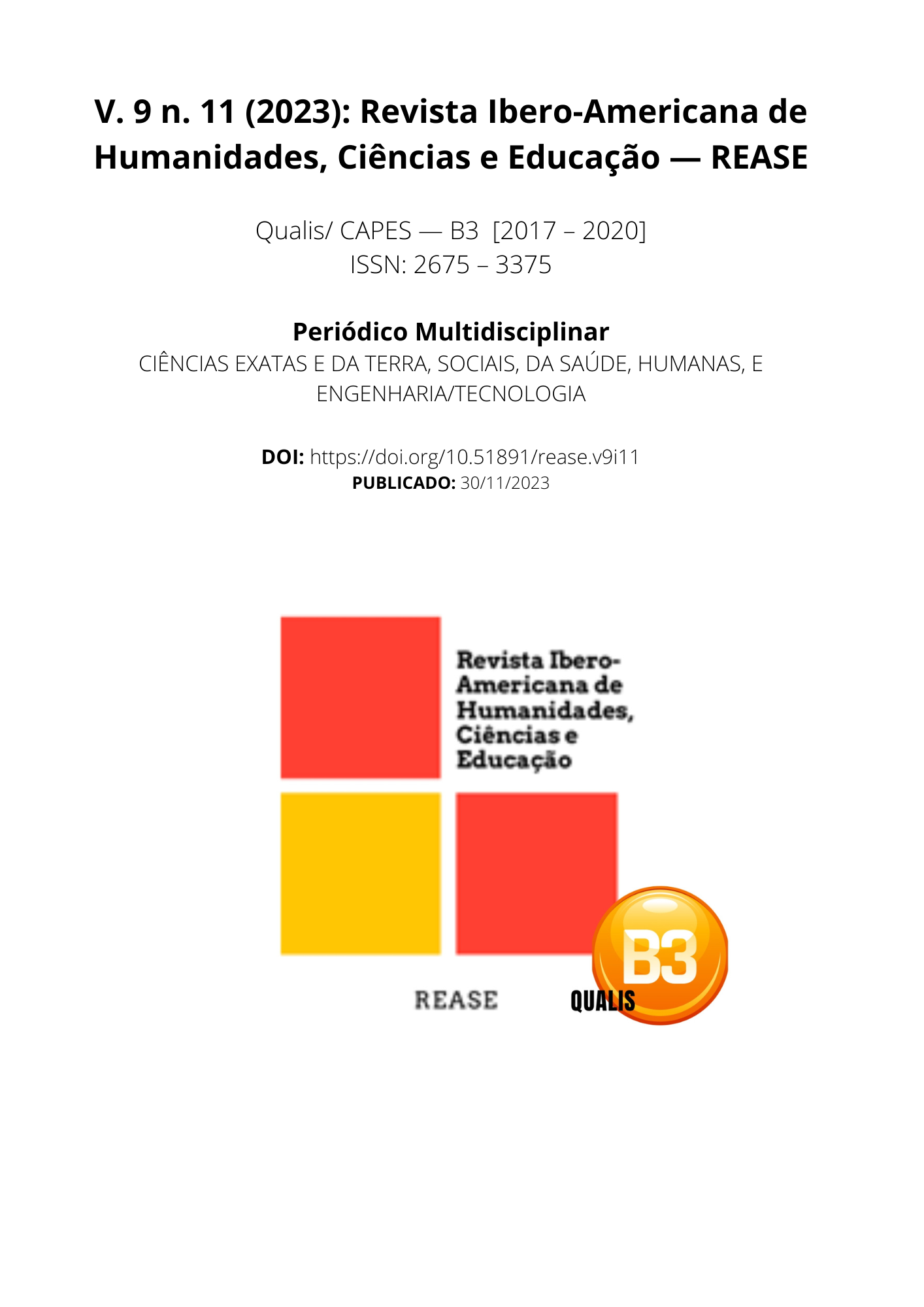UMA ANÁLISE DOS CRITÉRIOS LEGAIS DE RESPONSABILIZAÇÃO CIVIL DO FILHO EM CASO ABANDONO AFETIVO INVERSO
DOI:
https://doi.org/10.51891/rease.v9i11.12578Palavras-chave:
Artigo científico. Normatização. Elementos. Formatação. Pessoa Idosa. Omissão. Afeto. Assistência. Obrigação.Resumo
O presente artigo tem por objetivo uma análise acerca do abandono afetivo dos idosos. Tema é atual e relevante para a ciência e que merece atenção especial no âmbito jurídico, uma vez que as consequências que a falta de cuidado com a pessoa idosa, seja ela material ou afetivo, material pela omissão de dar provimento na subsistência do Idoso, e afetivo pela ausência de afeto do filho com a pessoa idosa, e uma situação que ocasiona dor e sofrimento aos envolvidos, principalmente para a pessoa idosa que muitas das vezes está em situação de vulnerabilidade. A Constituição Federal de 1988, em seu artigo 229 diz: Os pais têm o poder de assistir, criar e educar os filhos menores, e os filhos maiores têm o dever de ajudar e amparar os pais na velhice, carência ou enfermidade. E o Estatuto do Idoso reafirma a obrigação da família, da comunidade, da sociedade e do Poder público, em assegurar ao idoso o princípio da dignidade humana. Portanto, a análise será geral do instituto dos alimentos, seu conceito, sua natureza, sua finalidade e a reciprocidade na obrigação alimentar, tendo como base diversos autores. Visando despertar a obrigação alimentar e afetiva dos filhos para com os pais quando não pode por si só manter seu próprio sustento.
Downloads
Downloads
Publicado
Como Citar
Edição
Seção
Categorias
Licença
Atribuição CC BY

